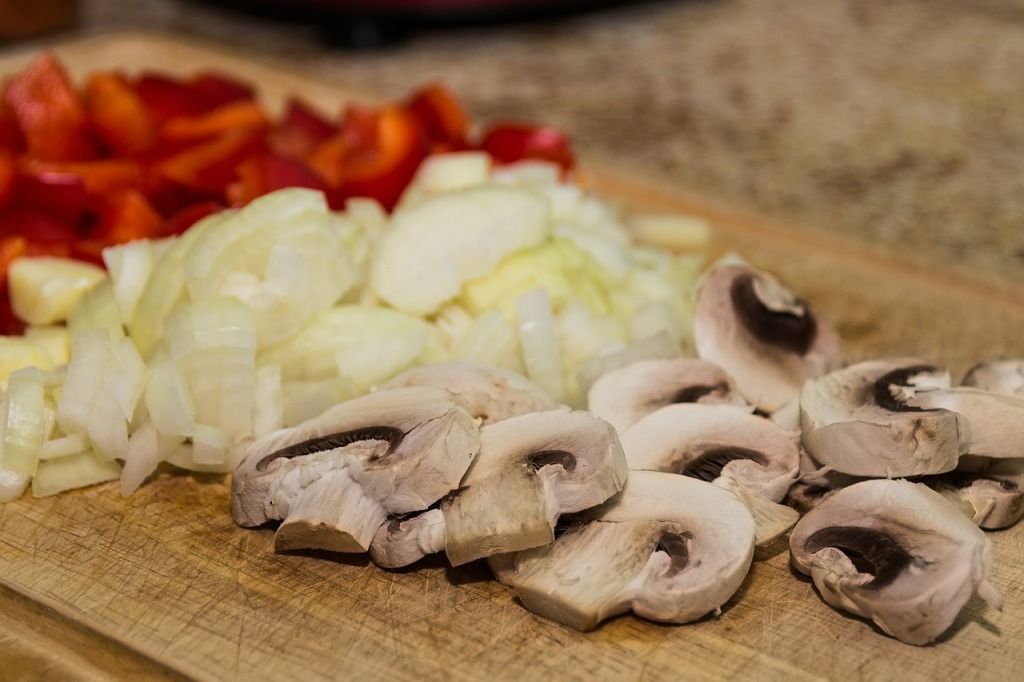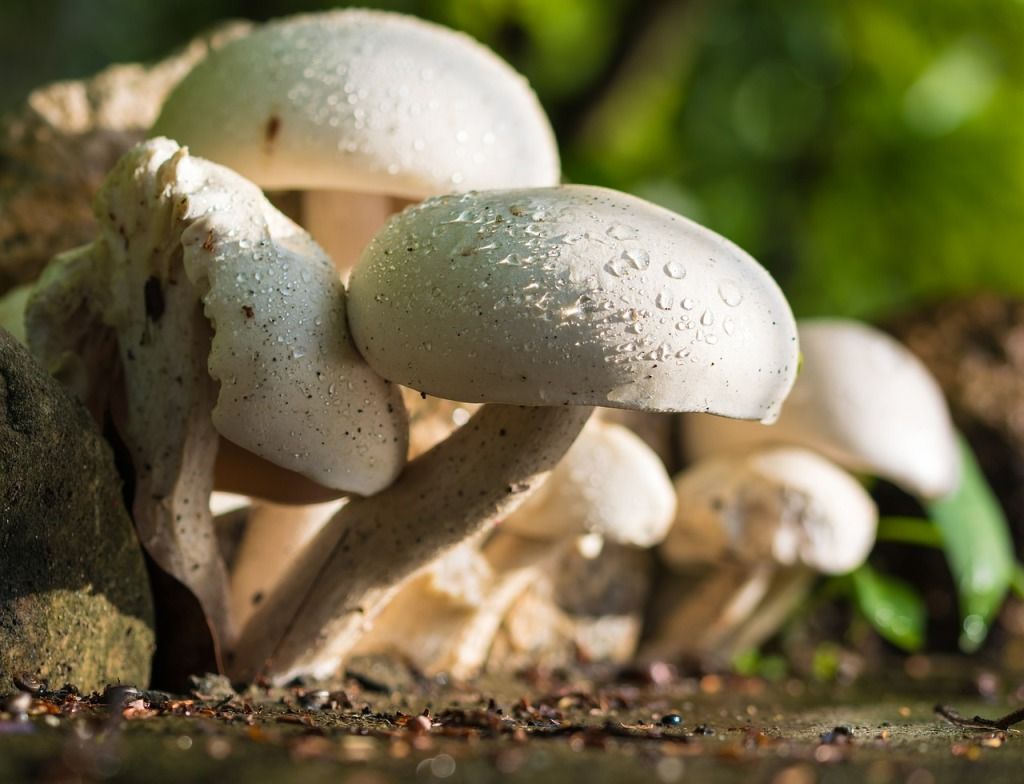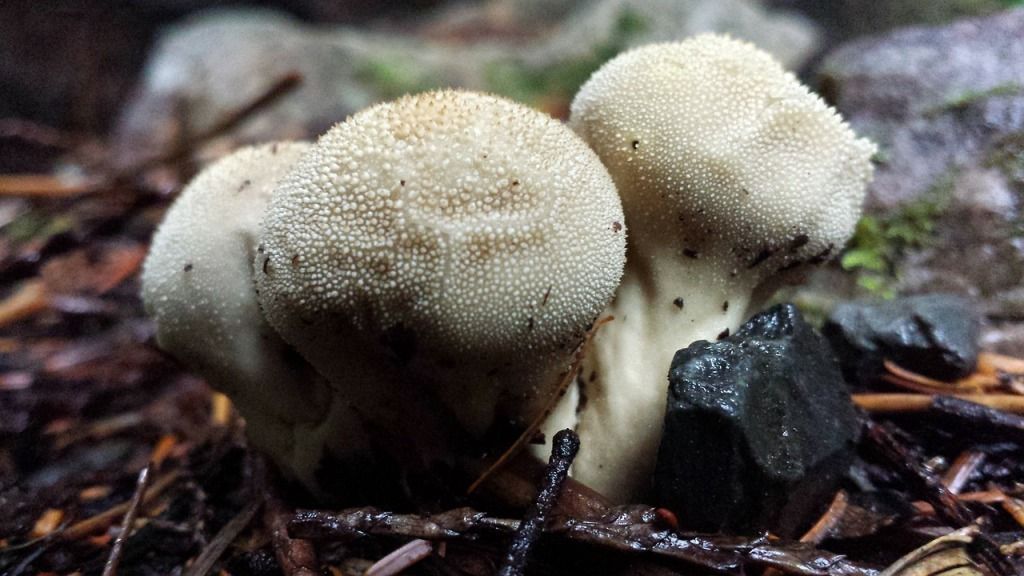 Though not technically a vegetable (or a fruit), mushrooms are a very popular food, and are incredibly versatile as they can be treated as a complementary side or prepared and filled as part of a main. Packed full of vitamins and minerals, and yet nearly devoid of calories or fat, mushrooms are the perfect food for those who keep a strict vegetarian or vegan diet, as they are also rich in protein.
Though not technically a vegetable (or a fruit), mushrooms are a very popular food, and are incredibly versatile as they can be treated as a complementary side or prepared and filled as part of a main. Packed full of vitamins and minerals, and yet nearly devoid of calories or fat, mushrooms are the perfect food for those who keep a strict vegetarian or vegan diet, as they are also rich in protein.
Growing mushrooms is often seen as difficult, but in actuality they can be grown quite easily, and with no specialist equipment whatsoever! You can grow mushrooms from mushroom dowels or mushroom spawn, both of which can be found online or at garden centres. Buying dowels or spawn in this manner is highly recommended, as trying to grow mushrooms using material garnered from wild mushrooms can be quite dangerous; and is sadly not all that unheard of.
You should also bear in mind that mushroom spores can agitate people's allergies, and even those who are not normally prone to allergic reactions can become sensitised if exposed to a high concentration of them. For this reason we'd recommend that the place you pick to grow your mushrooms is open and well ventilated.
Growing Mushroom Dowels

Dowels are pieces of material – normally wood – that have had already had mushroom spawn embedded in it. Mushroom dowels need to be placed into logs to grow, and the best time to do so would either be during the autumn seasons or in March.
The log that you choose to implant the dowels ought not to have been cut more than 6 weeks prior to implantation, as then you run the risk of unwanted fungi growing on the log instead. Please note: you should be able to plant 1 mushroom dowel per 3-4cm of the running length of the log.
- To ensure that your mushrooms grow as well as possible we recommend that you use a log cut from a hardwood tree, preferably oak, beech or birch.
- You do not want the log to dry out so keep it away from direct sunlight or wind whilst preparing it for implantation.
- Create a space in which you can place the mushroom dowels by drilling holes about 15cm deep into the log, being sure to keep about a 8cm gap between each dowel.
- Place the dowels into the holes and push them down so that the end is flat against the surface.
- Use wax to seal any holes in the log, but do not cover it all in wax as you will want the log to remain moist.
- Place the log in a shaded wooded area or underneath a shrub in your garden - Alternatively you could wrap the log in polythene and bury it under ground.
- Check your log every few days or so to ensure it is not drying out, and if it is starting to crack soak it in water for a day or two to raise its moisture levels.
- It will take between 6 and 18 months for the spores to spread through the log and once the log has been colonised by the spores you can move the log to a slightly moist, warm and shaded area where they can begin to fruit.
- It is best not to lie your log flat on the ground at this point, so keep it at an angle by positioning one end against a brick or a rock.
- Once they have fruited and the time has come to harvest them, grab your mushroom by the base of the stem and twist them away from the log.
Each colonised log will take a couple of months before they are able to produce another crop of mushrooms, but they ought to produce 3 or 4 harvests before they become incapable of doing so.
Growing Mushroom Spawn

Used for growing mushrooms from soil, mushroom spawn can be grown indoors or out and are best sown in the UK between April and August. Ideally grown in soil rich in organic matter, make sure that you do not use any chemical fertilisers to try and help grow your mushrooms as they will not respond well to it.
- Lift the soil you intend to sow the spawn in to increase its organic matter content.Remove the top 4cm of soil from where you intend to sow your spawn.
- If your spawn comes in pre-made squares, make sure that there is at least 60cm in between each square.
- Spread the mushroom spawn thinly over the surface of the soil and give the soil a shallow mix.
- Cover up the area with the soil you removed earlier.
- Ensure that you keep the soil moist, but do not to water-log it.
- When the time comes to harvest (which can depend entirely on the weather conditions and climate) simply harvest your mushrooms by twisting it out of the ground by the cap.
 Though not technically a vegetable (or a fruit), mushrooms are a very popular food, and are incredibly versatile as they can be treated as a complementary side or prepared and filled as part of a main. Packed full of vitamins and minerals, and yet nearly devoid of calories or fat, mushrooms are the perfect food for those who keep a strict vegetarian or vegan diet, as they are also rich in protein.
Though not technically a vegetable (or a fruit), mushrooms are a very popular food, and are incredibly versatile as they can be treated as a complementary side or prepared and filled as part of a main. Packed full of vitamins and minerals, and yet nearly devoid of calories or fat, mushrooms are the perfect food for those who keep a strict vegetarian or vegan diet, as they are also rich in protein.
